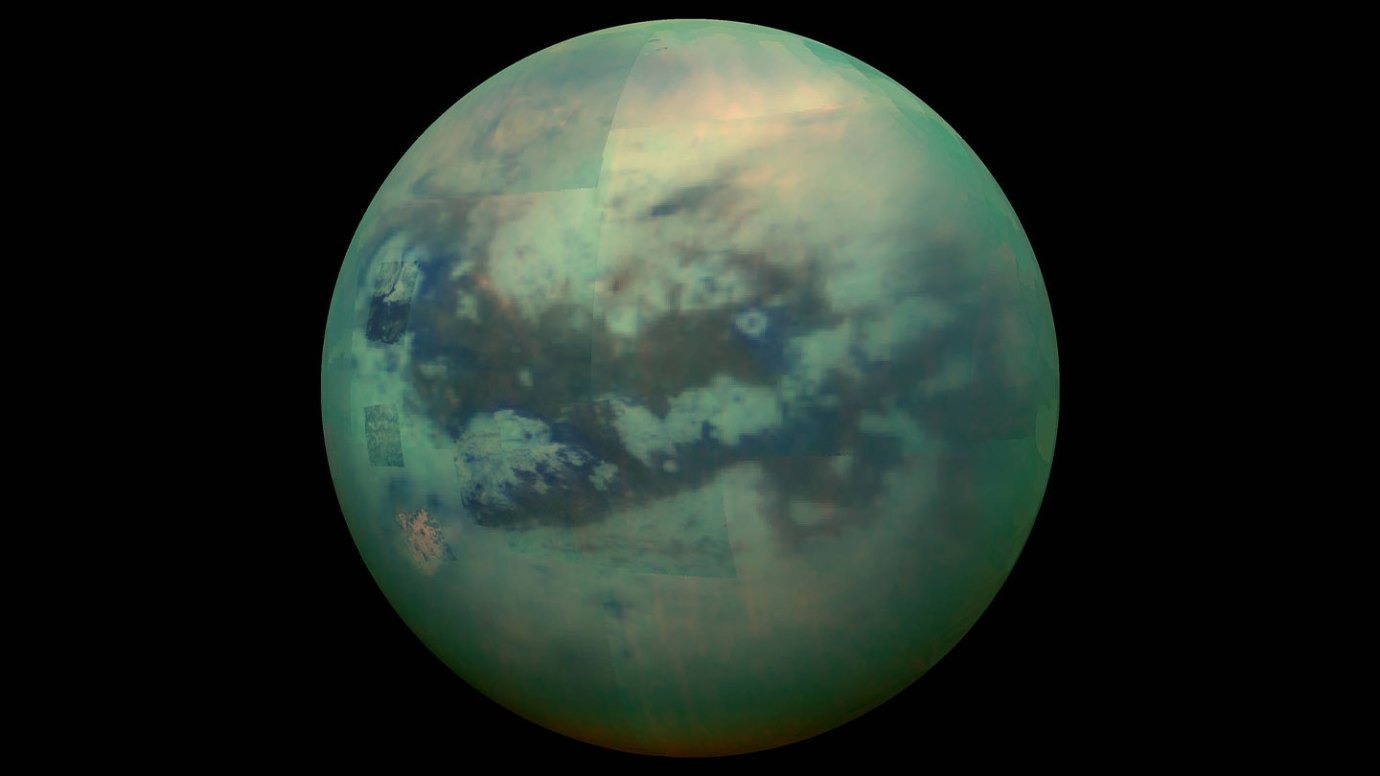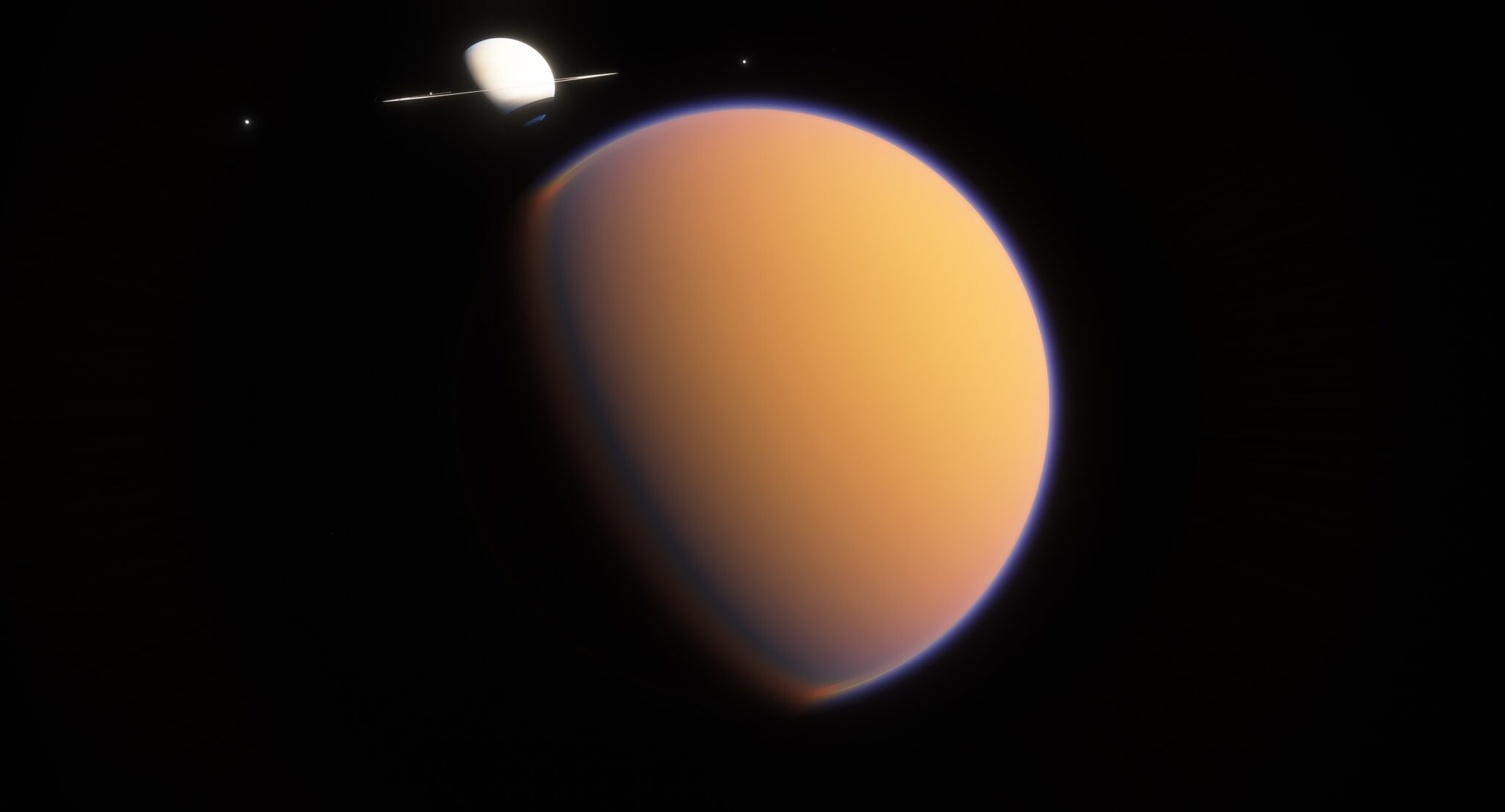Titan is Saturn’s largest and most mysterious moon, hidden under a tangerine sky and covered with mysterious dunes stretching across its entire surface. These sand mountains, similar in size to the colossal dunes of the United Arab Emirates, have long puzzled scientists who hypothesize about their origin.

Recent results presented by planetary scientist William Bottke at the Lunar and Planetary Science Conference indicate their unusual origin. According to a new hypothesis, the sprawling dunes of Titan were formed as a result of bombardment by cometary material from a remote region of the Kuiper belt – a cluster of icy bodies outside the orbit of Neptune.
In contrast to the popular idea that the sand on Titan was formed from organic particles of its hazy atmosphere, computer simulations point to another version, which is rooted in the turbulent past of the Solar System about 4 billion years ago. When the giant planets did not yet have permanent orbits, they crossed the Kuiper belt, causing a catastrophic dance of comet collisions. In this cosmic battle, comets crashed, turning into small dust particles that eventually hit the surface of Titan.

Remarkably, these microscopic particles, stable enough to withstand a journey through space, are the key to Titan’s sandy terrain. Measuring approximately 200 microns, they are ideal candidates for building dark dunes on the moon. Debris from comet collisions not only provided sand material for dunes on Titan, but may also explain similar dark spots observed on other celestial bodies: Jupiter’s moons Callisto and Ganymede, as well as on Saturn’s moon Iapetus.
However, these hypotheses do not explain the other mysteries. Could Titan’s dynamic landscape, shaped by potential ice volcanism, erase the traces of ancient cometary debris? Scientists will be able to learn most of the answers to the riddles and confirmation of the theory of the origin of the dunes from NASA’s Dragonfly mission, which is scheduled to launch in 2028. Equipped with the most modern instruments, this spacecraft aims to delve into the atmosphere of Titan, and will also be able to land on the surface, analyze the composition of its dunes and, possibly, shed light on their origin.
Earlier, we reported on how the ninth planet might still be hiding in the Solar System.
According to sciencenews.org
Follow us on Twitter to get the most interesting space news in time
https://twitter.comne/ust_magazine


